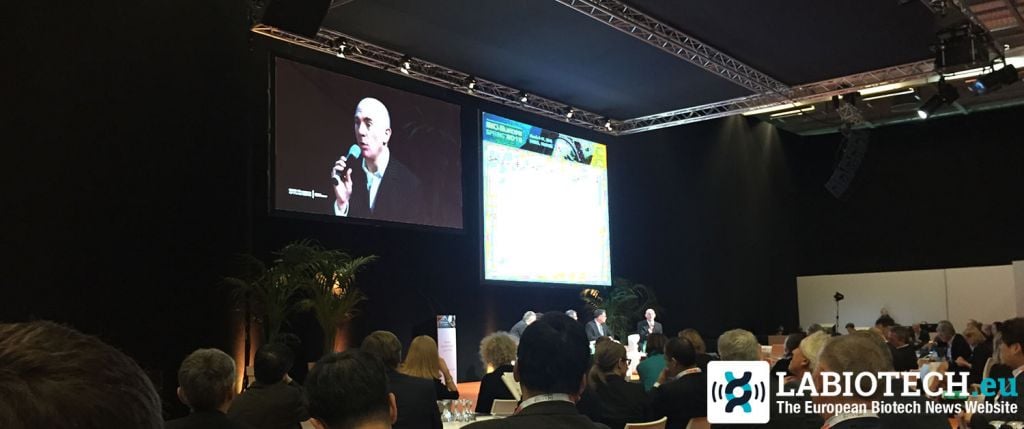Innovation can occur in many different ways, and biopharmaceutical innovation is no exception. The pipelines of big Pharmas have fewer candidates, R&D costs are skyrocketing, internal research programs tend to shrink and open innovation is raising. This metamorphosis is happening right now and the plenary session of Bio-Europe Spring 2015 focused on this subject. A great opportunity to give the view of these world leading speakers.
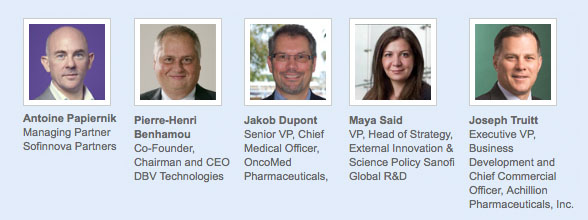
After Sanofi‘s CEO Serge Weinberg presentation on how Sanofi shifted from Chemistry to Biotech, I looked up the names of the Plenary session’s speakers. Amongst them were Antoine Papiernik, managing director at major european Biotech VC-fund Sofinnova Partners, ranked #67 on Forbes’ top VC ranking, Pierre-Henri Benhamou, CEO of DBV, the first French Biotech company to enter NASDAQ, Maya Said, VP and Head of external R&D at Sanofi, Jakob Dupont, CMO of OncoMed Pharmaceuticals, and Joseph Truitt, CEO of NASDAQ-listed Achillion Pharmaceuticals.
Such a panel could only lead to an exciting discussion.
Papiernik, as moderator, started by introducing the subject. The big problem of the Biopharma industry today is the bad pourcentage of successes of a drug. Everybody tries/want to optimize this pourcentage. A good example of successes is the recent takeover of Pharmacyclics by AbbVie for $21B. Can you predict the future thanks to an organized process? Do you think there is another way of development for a Biotech than being taken over by a Big Pharma?
“One of the most important thing for a Biotech is to access to capital. If you have access to it, there is no reason to sell early” argued Joseph Truitt. Achillion is listed on the NASDAQ and is well-funded. It has no plan for the moment to be acquired by a big Pharma but it is also very unlikely that it will sell its therapeutics worldwide with only 75 employees. Truitt concluded “Discovery and Sales are another job”.
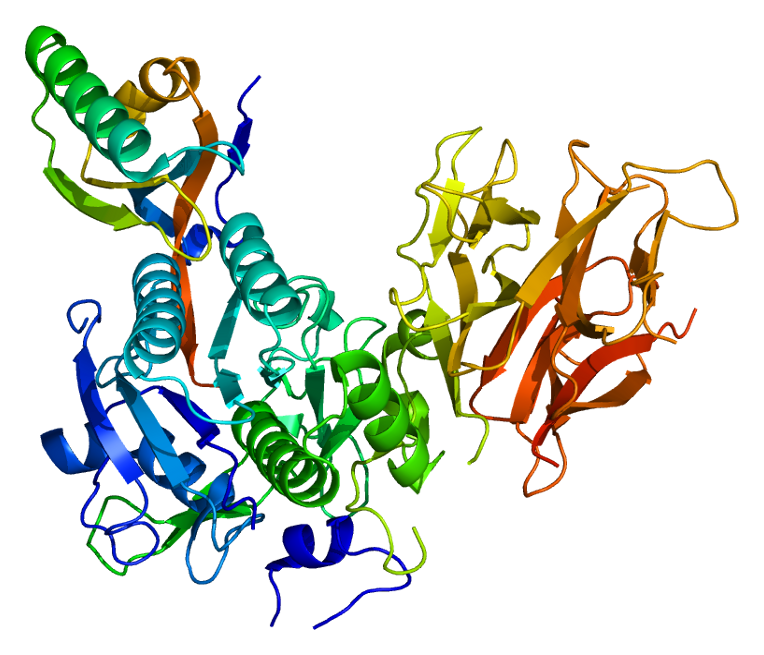
Papiernik then reframed his first question: how can we optimize success rates? By findings partners?
Said started by giving facts about successs rates. Only 1 biotech company out of 100 will succeed. Something Sanofi, by being at the end of the value chain, can’t forget. Sanofi started transforming its pipeline from small molecules to biologicals 5 years ago. 5 programs should access the market by 2015 alone. “But where do these drugs come from?” asked Papiernik. “Mainly from outside but we don’t care, the only important mesure is the end result which is the impact on the patient” replied Said.
She then gave an example of a successful partnership. The gene Pcsk9 regulates cholesterol and was discovered at Hospital Necker in Paris. They partnered with Regeneron to design a specific antibody and Sanofi brought the product on the market. The overall development cost arose to nearly €1B, yet the project was a clear success and had an important impact on patients (and the profits which go hand in hand).
With such high investments, it is very important to define a limit and kill projects that go beyond it. Biotechs are forced to stop by running out of money, whereas big pharma don’t, but they do have to find an optimized process to kill projects. Said presented two mechanisms. The first one aims at lowering the barrier of moving from one project to another within the company. It dilutes the stress of failing. The second one, however, consists in opening more with the external to bring more pressure from the environment.
Papiernik to bring his investor expertise in. “You need to be schizophrenic. You need to be completely committed that you will be better (in the early phase – life or dead stage) but you also need to be realistic to cut the arm off if it goes wrong.”
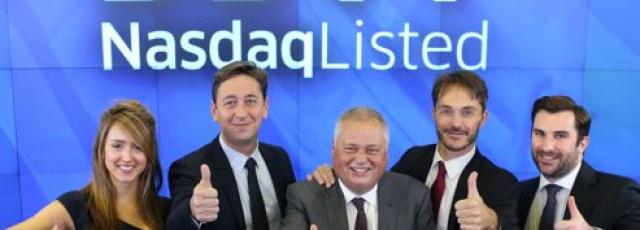
DBV is fighting allergies and is a great example of this schizophrenia. “I started the company from nothing. There was no existing product on the market. The only ‘treatment’ was to stop people from eating peanuts or milk.” Benhamou added with a strong French accent. “There was basically no market. We needed very good VCs (including Sofinnova Partners) to do good forecasts and understand our value proposition. Now, more and more people have allergy problems and we have to create our own market.” Being humble, he concluded: “We are already a $1B company but every one of our steps is still a life or death movement”.
Shift in the discussion to move to the therapeutics areas. Are rare diseases the next mecca? Why are big pharma forcing themselves to move into this field? Regarding the very high prices of treatments, how can this field be sustainable?
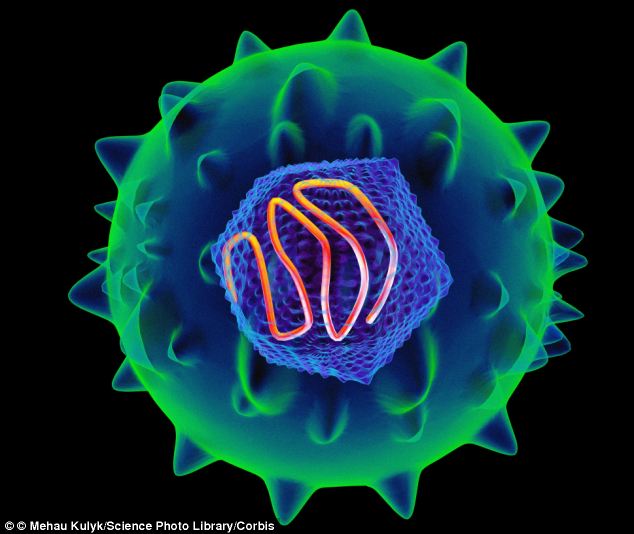
Truitt started answering, “Not every orphan drug is the same and will be a $400-500M drug. There are big differences.” Achillion did a lot of work on epidemics and future pricing with payers. It is working on Hepatitis C which is a large indication Pricing becomes a challenge… Considering the high amount of patients concerned with this disease, overestimated prices would lead to a final costs too important. “Achillion is going to bring a cure to HCV, where there is a real unmet need leading ultimately to economic return.”
Dupont to add a comment on Immunooncology whether it has a blockbuster potential or not. “For the moment, it has a niche potential. The purpose of the drug is to reeducate the host’s immune system. Promising but controversial results has been published.” He gave an example of a treatment targeting pd1 positive patients. Many pd1 negative patients had their immune system stimulated because of the global impact of the drug. “The next big breakthrough in the field will be to understand why actual biomarkers are not working and to develop more robust ones. It will be a key element in improving the results”.
This plenary was more of a show than a formal (boring) discussion. It’s definitely the best Biotech conference I have assisted to this year. A great summary of the trends our industry is facing right now and the next trends it will face in the coming years.




